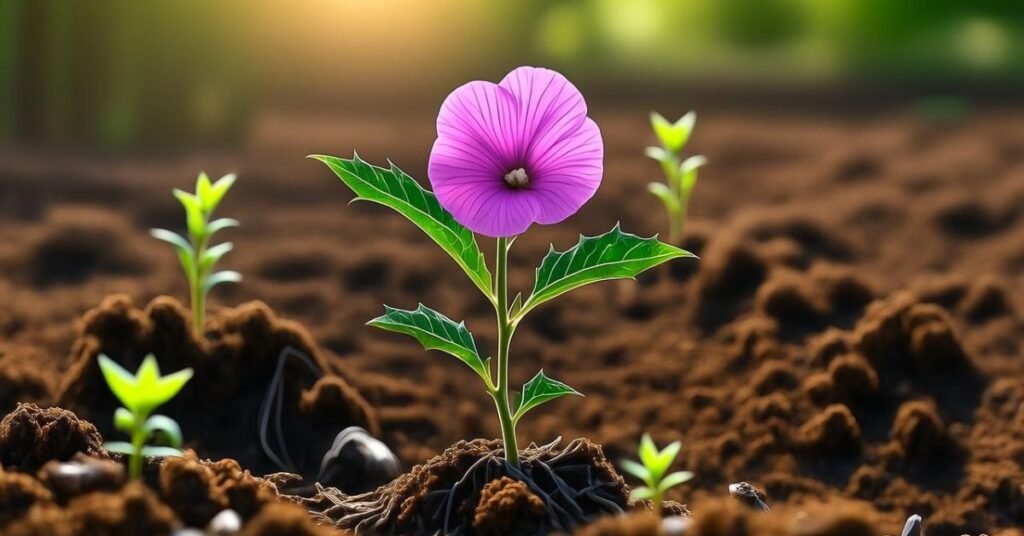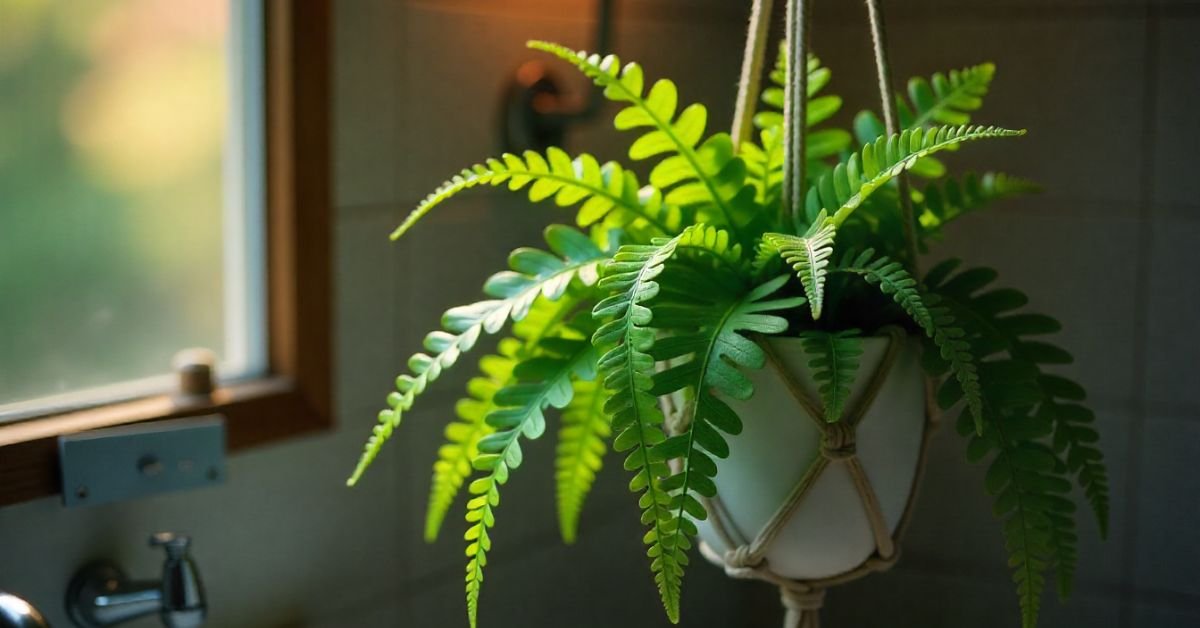Introduction
Green plants are living organisms that grow naturally in soil. These plants have roots, stems, and leaves. It makes food through photosynthesis. It also adds beauty and freshness to any place. Green plant is simple but powerful in daily life.
Imagine your room filled with fresh air and natural beauty. A green plant can change the atmosphere in minutes. It creates a calming vibe and improves your mood. It is not just a decoration, but a source of life indoors.
Many green plants are perfect for homes. Some clean the air, while others add natural charm. Popular choices are snake plant, spider plant, and peace lily. These plants are easy to care for and make your home fresh and healthy.
Best Indoor Plants
String of Hearts
String of Hearts is a trailing plant with heart shaped leaves. With bright, indirect light, it grows well indoors. It adds charm to shelves and hanging baskets.
Peace Lily
The Peace Lily not only produces oxygen but also removes toxins like ammonia, benzene, and formaldehyde from the air. Its glossy leaves and white blooms add elegance to any room while raising humidity levels.
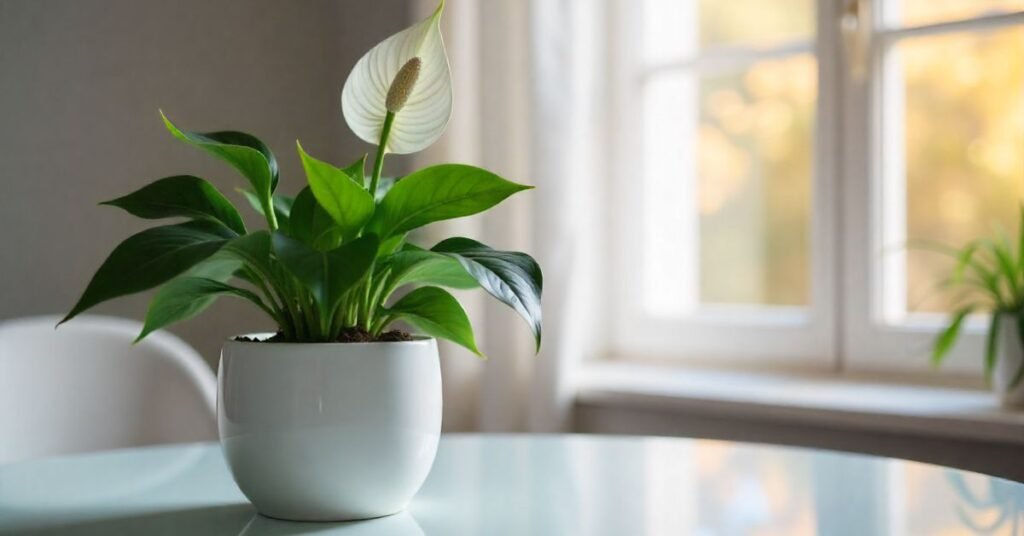
It prefers indirect light and moist soil, so water when the top layer feels dry, but avoid overwatering. Wiping its leaves helps it breathe better and purify more effectively.
Philodendron
Philodendron is a popular houseplant with lush green leaves. It grows well in low to medium light. It is easy to maintain and adds a fresh look indoors.
Succulents
Plants that store water in their leaves are succulents. They come in many shapes and colors. They grow best in sunlight and dry soil.
Prayer Plant or Marantha
The Prayer Plant has colorful patterned leaves. As it folds upward at night, it appears as if it is praying. In indirect light and moist soil, it thrives.
Bromeliads
Bromeliads are tropical plants with bright, unique flowers. They add color and style to indoor spaces. Light and humidity should be indirect for them to grow well.
Aloe Vera (Aloe barbadensis miller)
As well as its healing properties, aloe vera improves indoor air quality. Benzene and formaldehyde are absorbed by this plant, which releases fresh oxygen while absorbing harmful toxins. It also carries natural antibacterial qualities, which makes it both useful and decorative.
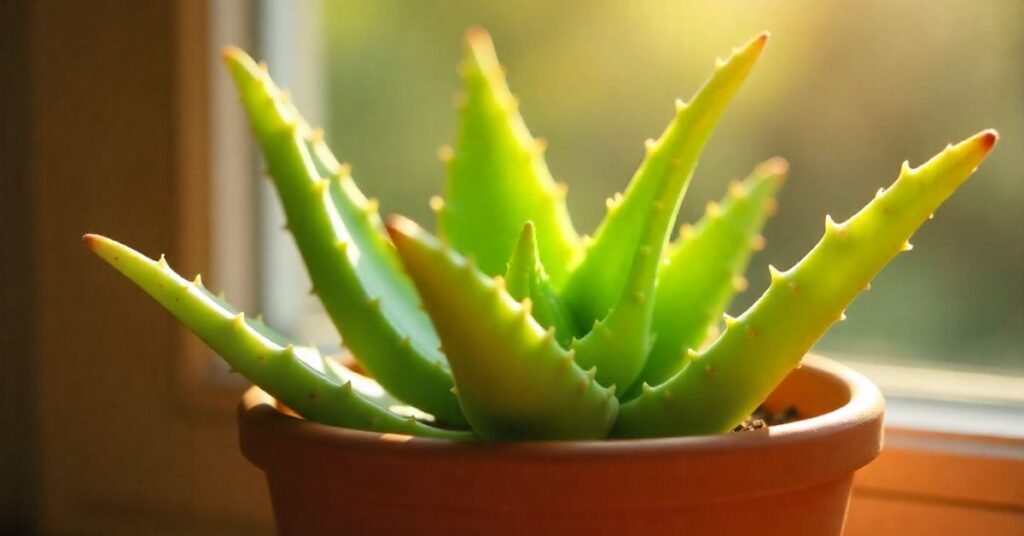
To care for Aloe Vera, place it in bright, indirect sunlight and water lightly, allowing the soil to dry completely between water. Always use well draining soil, as excess water can lead to root rot.
Areca Palm (Dypsis lutescens)
Areca palms are also known as butterfly palms, and they work as natural humidifiers and oxygenators. It removes harmful chemicals like carbon monoxide, formaldehyde, and benzene while maintaining healthy humidity indoors. Place it in bright, indirect light, water it regularly while allowing the soil surface to dry slightly, and ensure proper drainage. Occasional misting helps keep its fronds lush and fresh.
Snake Plant (Sansevieria trifasciata)
One of the best oxygen producing plants is the Snake Plant, especially since it releases oxygen at night, which makes it ideal for bedrooms. It also filters pollutants such as formaldehyde, xylene, and nitrogen oxides. Easy to care for, it tolerates low to bright light and thrives on minimal watering, as it is drought resistant. Always let the soil dry before watering to avoid root rot.
Boston Fern (Nephrolepis exaltata)
Boston Fern is a lush, feathery plant that boosts oxygen and humidity while filtering out toxins such as formaldehyde and xylene. It is especially helpful in dry indoor spaces. This plant thrives in indirect light and soil that remains consistently moist. A peat based mix works best, and regular misting or use of a humidifier keeps it looking vibrant.
Spider Plant (Chlorophytum comosum)
The Spider Plant is resilient and ideal for beginners, producing oxygen while clearing pollutants like carbon monoxide and xylene. It has long striped leaves and grows small “spiderettes” that can be replanted. It does best in indirect light, prefers evenly moist soil, and only needs occasional trimming of brown tips to stay healthy and attractive.
Rubber Plant (Ficus elastica)
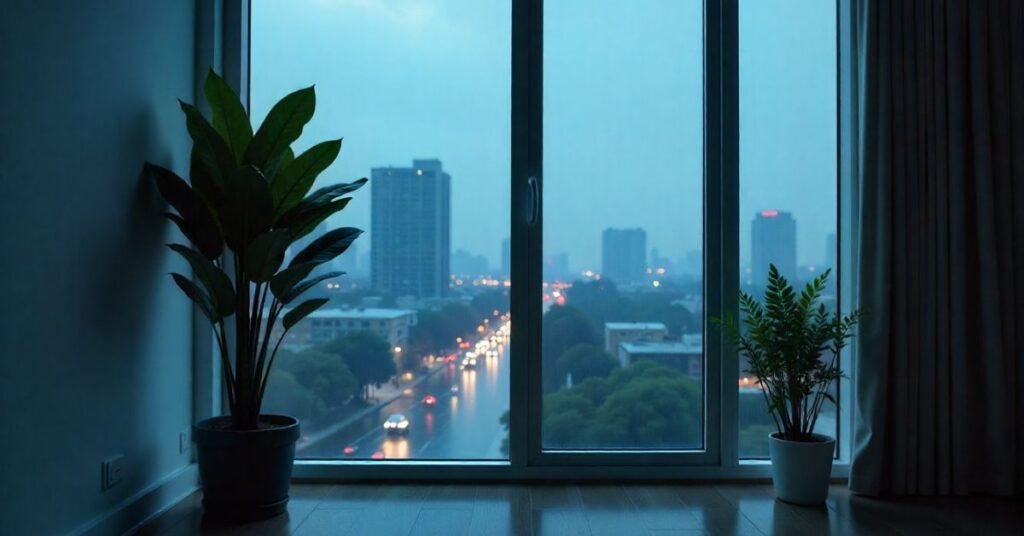
Rubber plants produce oxygen and remove toxins, such as formaldehyde and carbon monoxide, through their broad, shiny leaves. It adapts well to indoor conditions, tolerating both indirect and lower light. Keep its soil slightly moist and wipe the leaves often to maintain their shine and air purifying power.
Bamboo Palm (Chamaedorea seifrizii)
Bamboo Palm is a graceful indoor plant that increases oxygen and removes toxins like formaldehyde, benzene, and carbon monoxide. It prefers indirect light and slightly moist soil, with consistent watering but no soggy roots. Occasional misting helps maintain humidity, and monthly feeding during the growing season encourages healthy, green fronds.
Money Plant (Epipremnum aureum)
The Money Plant, also known as Pothos, is believed to bring luck while also serving as an excellent air purifier. It absorbs harmful chemicals such as benzene, xylene, and formaldehyde while boosting oxygen indoors. It grows well in low to bright indirect light, needs only occasional watering once the soil dries, and adapts to both soil and water. Regular pruning helps it stay bushy and full.
Lush Leaves Pothos Plant
The Lush Leaves Pothos Plant is a fast growing indoor vine. It has shiny, heart shaped leaves that stay green all year. This plant grows well in low to bright, indirect light. Taking care of it is very easy, and it doesn’t require much water. Pothos also helps clean the air and adds freshness to any room.
Amazing Arboricola
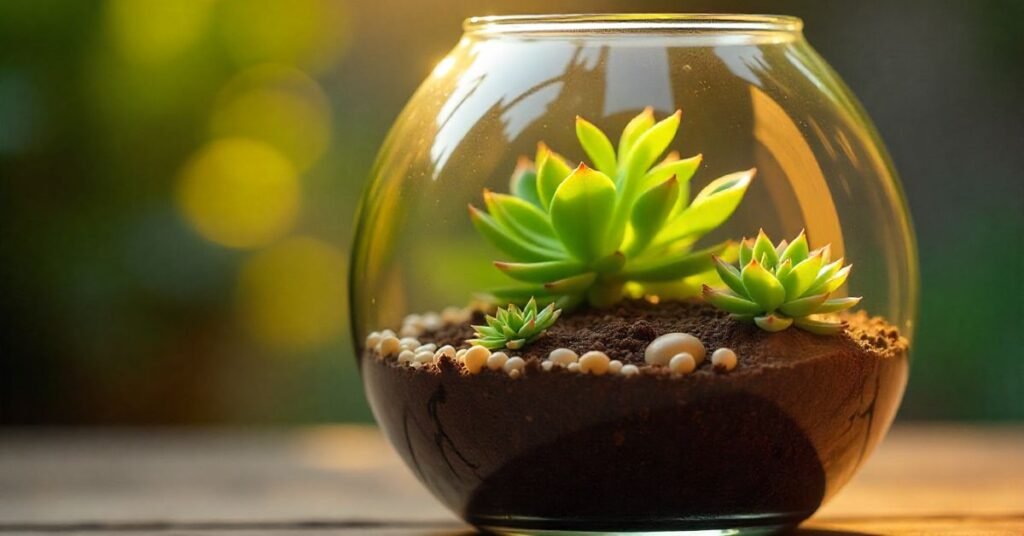
The Amazing Arboricola, also called the Umbrella Plant, is a stylish indoor plant. It has glossy green leaves that grow in clusters. While this plant thrives in bright indirect light, it can also cope with lower levels. It needs moderate watering and is simple to maintain. Arboricola brings a lively, tropical feel to homes and offices.
Final Thoughts
- Indoor plants make your home fresh and healthy.
- They clean the air by removing harmful toxins.
- Many plants also release oxygen and increase humidity.
- It is easy to grow most of them with little care.
- Adding plants also makes your space look beautiful.
- Green plants can reduce stress and improve mood.
- Choosing the right plant depends on your light and space.
- A mix of different plants gives the best results.
- Caring for them regularly keeps them strong and fresh.
- Indoor plants are a natural way to improve well being.
Conclusion
Indoor plants are more than just decorations; they are natural air purifiers that bring health, freshness, and beauty into your home. By choosing the right plants and giving them simple care, you can enjoy cleaner air, better humidity, and a calming environment. Adding green plants to your living space is an easy step toward a healthier and happier lifestyle.
FAQs
1. Which indoor plant produces the most oxygen?
The Snake Plant is one of the best, as it even releases oxygen at night.
2. Are indoor plants hard to care for?
No, most indoor plants are low maintenance and need only simple care.
3. Can indoor plants really clean the air?
Yes, many indoor plants remove toxins like formaldehyde, benzene, and carbon monoxide.
4. How often should I water indoor plants?
It depends on the plant, but most need watering only when the topsoil feels dry.
5. Which indoor plant is best for bedrooms?
Aloe Vera and Snake Plant are great options because they release oxygen and need little care.

